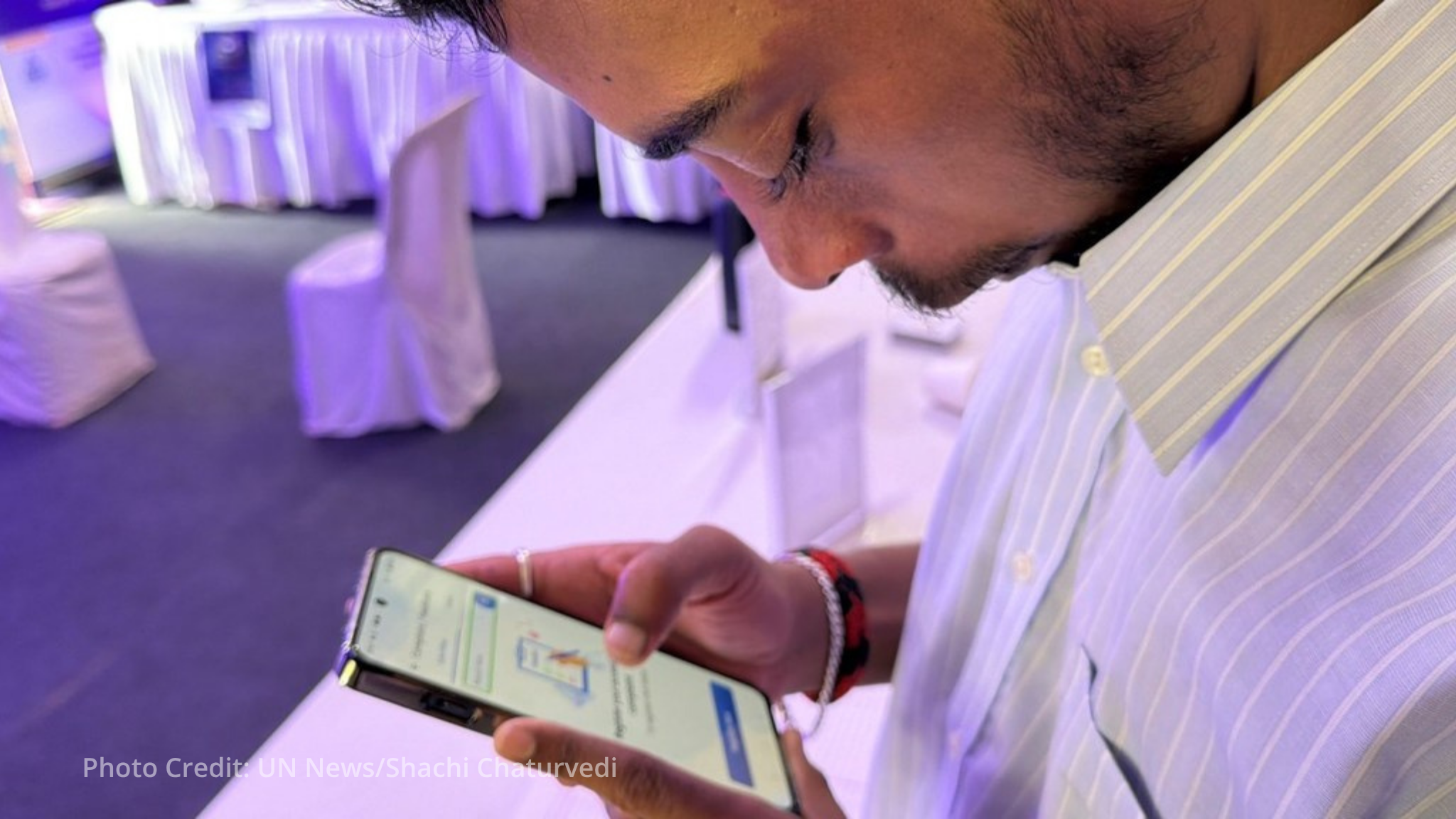Artificial intelligence could transform life for millions of people with disabilities by turning assistive technology into everyday tools for empowerment, entrepreneurs showed at Purple Fest in Goa, India.
AI-powered screen readers, adaptive dashboards, and real-time captioning don’t just remove barriers – they expand what’s possible for people who’ve long faced discrimination and exclusion. Tools like voice-to-speech technology for people with speech impairments and gesture-based wheelchair controls are breaking down barriers once seen as permanent. When designed with disabled people’s real experiences in mind, these technologies transform basic access into genuine agency and the freedom to learn, lead, and contribute fully to society.
Surashree Rahane was born with several physical disabilities including club foot and polymelia, a condition where people are born with extra limbs. Growing up in a family where disability was part of daily life, she never saw it as a limitation but just another way of moving through the world. “My mentors always said, don’t just seek jobs, create them,” she said. “That’s how I learned that leadership itself is inclusion.” Rahane now runs Yearbook Canvas, a tech platform that creates digital yearbooks for schools and universities. She’s working with Newton School of Technology near New Delhi on inclusive academic design and AI learning tools that adapt to each student’s pace.
But Rahane warns that AI could make existing problems worse if developers aren’t careful. “AI can democratize access to education, but only if we teach it to understand diverse learners,” she explained. “Otherwise, we risk building a shinier version of the same old bias.” Structural barriers like inaccessible buildings, biased funding networks, and rigid education systems still persist despite technological advances. The challenge isn’t just creating better tools – it’s making sure those tools actually reach the people who need them most and don’t reproduce the same discrimination in digital form.
Prateek Madhav, CEO of AssisTech Foundation, calls AI “the great equalizer” and points out an interesting contrast: “While the world worries about AI taking jobs, for people with disabilities, AI is creating them.” Ketan Kothari, who works at Xavier’s Resource Centre for the Visually Challenged in Mumbai, demonstrates how AI tools have made him completely independent at work. “Today I can format a document, access meetings with live captions, and even generate visual descriptions through apps,” he said. “AI has turned imagination into function.” These real-world examples show how technology can level playing fields that have been tilted against disabled people for generations.
Tshering Dema from the UN Development Coordination Office noted that while Purple Fest features mainly Indian entrepreneurs, “this is not a single-country story – it’s a global transition.” She stressed that inclusion isn’t just about laws or infrastructure but about changing mindsets and designing with disabled people from the start. “The future of work must be built not just for people, but with them,” she said. The key insight from Purple Fest is that AI’s potential to create a fairer world depends entirely on who gets to shape how these technologies develop and deploy.

